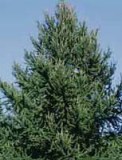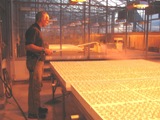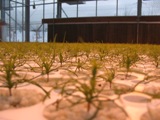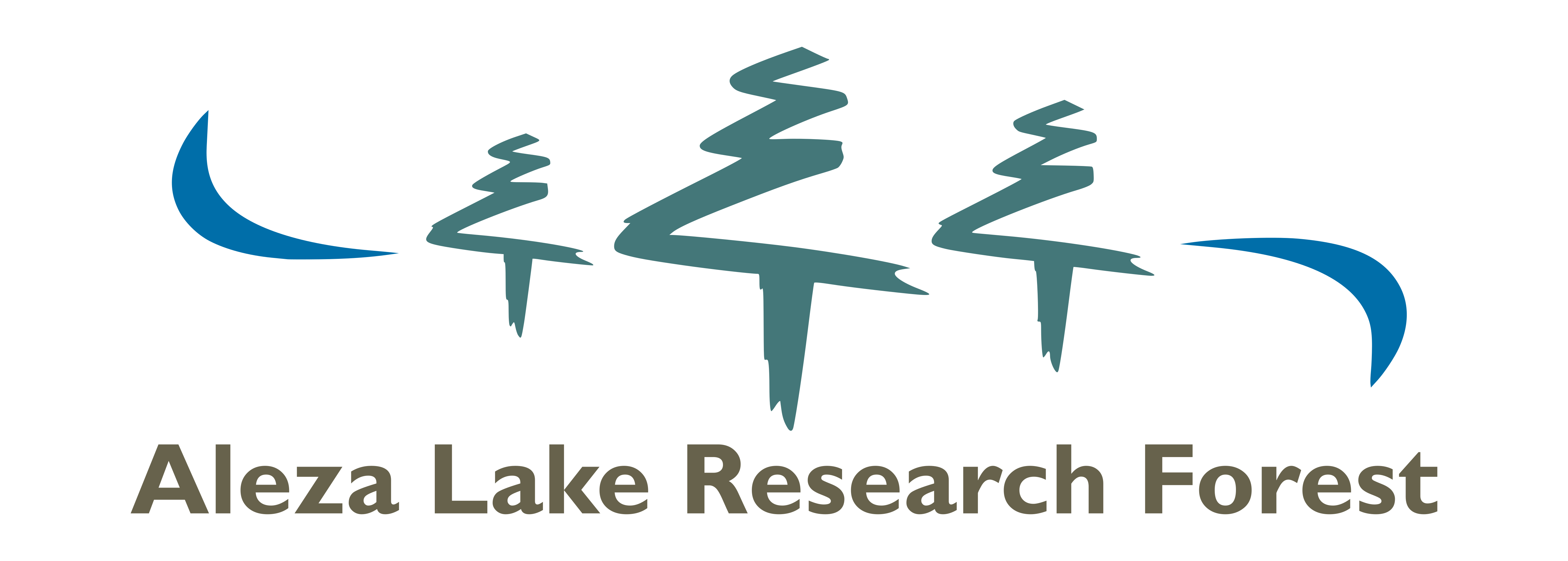Written by: Mike Jull, ALRF Manager
Traditional species choices for reforestation in the sub-boreal spruce (SBS) forests of  Central Interior BC tend to be historically limited to mainly spruce and lodgepole pine, Douglas-fir on some warmer sites, and subalpine fir (mainly through natural regeneration). However, two other tree species native to the BC Interior, western larch (Larix occidentalis) and western redcedar (Thuja plicata), show intriguing potential for adding to the species diversity and management of second-growth SBS forests. Initial experience and observations suggest that western larch is best suited to warmer, better-drained, lower brush-hazard sites in the sub-boreal, while in contrast, western redcedar will be suited to some moist cool seepage sites with higher brush hazards.
Central Interior BC tend to be historically limited to mainly spruce and lodgepole pine, Douglas-fir on some warmer sites, and subalpine fir (mainly through natural regeneration). However, two other tree species native to the BC Interior, western larch (Larix occidentalis) and western redcedar (Thuja plicata), show intriguing potential for adding to the species diversity and management of second-growth SBS forests. Initial experience and observations suggest that western larch is best suited to warmer, better-drained, lower brush-hazard sites in the sub-boreal, while in contrast, western redcedar will be suited to some moist cool seepage sites with higher brush hazards.

One to two decades of operational experience with pilot outplanting studies and trials of western larch in both the Aleza Lake Research Forest (ALRF) in the eastern SBS zone, and Houston, Granisle, and Burns Lake areas in the central to western SBS (Chewter, 2006), indicate excellent performance and adaptability of this larch species to sub-boreal sites. Recent work by Barry Jaquish of the BC Ministry of Forests and Range, Kalamalka Research Station has indicated that the current climate of many low- to mid-elevation areas of the sub-boreal plateau are highly suitable to the productive growth and management of western larch, and that this geographic climatic envelope may expand in the future as climate potentially warms in these areas.

The ALRF has recently established an operational program to incorporate some western larch and redcedar plantings — and other minor species – into its annual reforestation objectives. The initial goal is for 3-4% of the + 100,000 trees planted annually at the ALRF to be ‘less-conventional’ minor species. This adaptive management program will be accompanied by detailed documentation, mapping, and monitoring of such innovative plantings to provide opportunities for long-term assessment and research. In coming years, the ALRF will also be outplanting some other minor species, potentially including black spruce (Picea mariana), western white pine (Pinus monticola), tamarack (Larix laricina), and other species.
To support this program, the ALRF has teamed up with Steve Storch and John Orlowsky of UNBC’s I.K. Barber Enhanced Forestry Laboratory to produce 2,500 western larch and 2,000 western redcedar seedlings in Winter 2009/10, for outplanting at the research forest in the 2010 field season. The team has selected British Columbia Class A western larch seed from the southeastern BC Interior, and Class B western redcedar from the Robson Valley district near McBride, BC.
Further EFL production of larch, cedar, and other minor species for Aleza research forest plantings is planned to continue in future years. This long-term partnership between the EFL and ALRF will even more strongly link EFL activity to operational applications, provide teaching opportunities for students at UNBC, as well as spur many opportunities for related EFL and ALRF research and demonstration projects, in terms of both nursery and field applications.

This innovative collaboration of research and operations is part of the long-term vision of the I.K. Barber Enhanced Forestry Laboratory, to help ensure resilient and sustainable silviculture and forest management for BC forests, now and into the future.
Chewter, M.D., 2006. Extending the ranges of native conifers: a study of western larch, Douglas-fir, ponderosa pine, and western redcedar in central British Columbia. Bachelor of Science (Forest Sciences) Thesis, Faculty of Forestry, University of British Columbia, Vancouver, BC. 88 pp.
Hamann, A., and T. Wang. 2006. Potential effects of climate change on ecosystem and tree species distribution in British Columbia. Ecology 87: 2773-2786.
